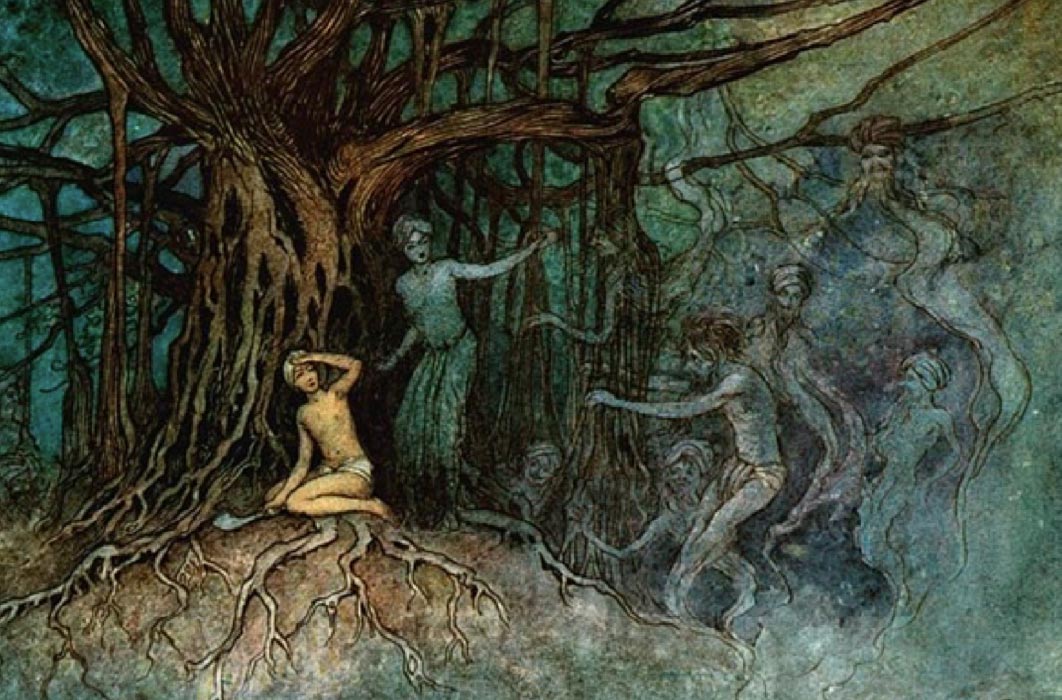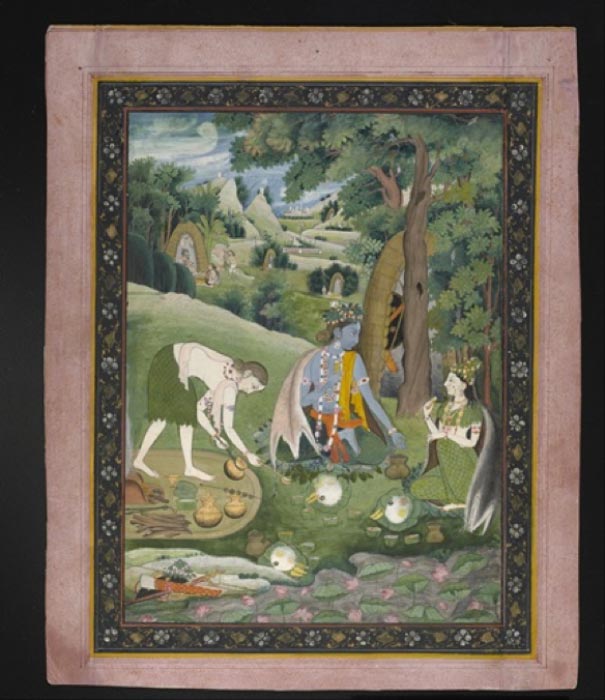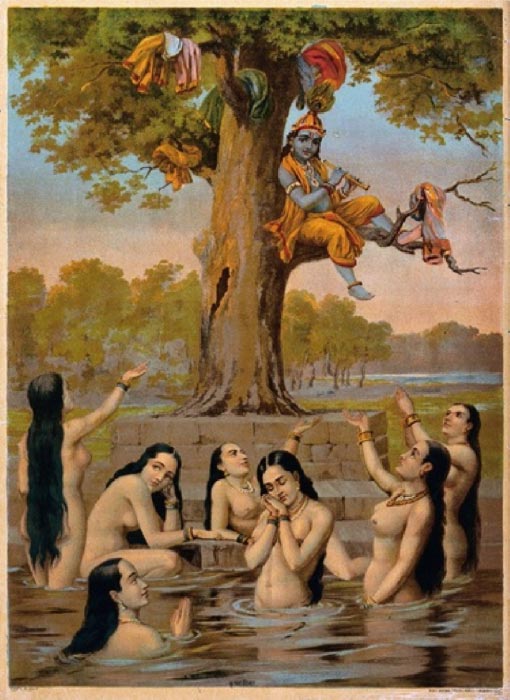
Deep-Rooted Mythology of Sacred Trees of the World
Numerous myths, ubiquitous to great civilizations spanning the globe, reflect a deep-rooted belief in an intimate connection between a human being and a tree. The Homeric Hymn to Aphrodite proclaims that when the tree is injured, the tree nymph also hurts, “…but when the fate of death is near at hand, first those lovely trees wither where they stand, and the bark shrivels away about them, and the twigs fall down, and at last the life of the Nymph and of the tree leave the light of the sun together”.

Nyads and Dryads by Walter Crane (1845–1915) (Public Domain)
The Mesopotamians, Greeks, Egyptians and even the Maya, all recognized sacred trees’ connectedness to humans. The oldest Hellenic oracle, the oak of Dodona in Epirus in northwestern Greece, was tended by priests who slept on the ground by the tree. During classical antiquity, priests in the sacred grove interpreted the rustling of the oak leaves to determine actions to be taken. The theme of how a person’s life is intrinsically connected to a tree so that the person would suffer when the tree withers or is injured, or even the concept of a tree being an external soul of a person’s body, is found in the ancient Egyptian Tales of Two Brothers around 1185 BC. In this fable, one of the brothers leaves his heart on the top of the flower of the acacia and falls dead when the tree is cut down.
In Mesopotamia, date palms were worshipped as it was an important source of food. As the date palm is dioecious with male and female trees, the pollen must be transferred between the genders for fruit formation. Hammurabi’s ancient Babylonian code even mentioned very specific punishments for individuals who did not pollinate their date palms, even designating special guardians to pollinate these trees by hand. These guardians would take a male plant, climb up a female’s trunk and smear the pollen from the male plant onto the female’s flowers to ensure maximum yields. In the sacred cacao groves of the Maya, trees such as figs were also preserved, while in the feng-shui forests of Hong Kong, the family Moraceae is the most dominant taxon.

Rama, Lakshmana, and Sita Cooking and Eating in the Wilderness by the trees (c. 1815) Museum of Fine Arts, Houston (Public Domain)
Tree Spirits in the Eastern Cultures
Early Buddhism believed that trees might lawfully be cut as they had no mind or feeling. However, the religion also recognized that certain spirits might reside in them. Worship of the Nyagrodha tree is depicted in a Buddhist sculpture at Besnagar, the capital of the Sunga dynasty which ruled during the period of 187-75 BC. This sculpture is dated to third century BC. Nang Ta-khian in Thailand is a more recent example of this belief. Nang Ta-khian (Lady of Ta-Khian) is a female spirit who haunts the Ta-Khian tree, a tall tree that lives for centuries, which is naturally found in the forest and not near inhabited areas. Therefore, propitiation is made before holy trees are cut to prevent loss of life or wealth. The eighth century Pawon temple in Java, Indonesia depicts the Kalpataru, the divine tree of life being guarded by a Kinnara and a Kinnari, a flying Apsara and Devata, thus indicating the high status of these beings in Asian mythology. A fig tree is sacred to Hindus and Buddhists and is believed to be the tree under which the Buddha achieved enlightenment.

Krishna sitting in a tree with all the gopis’ clothes while they are naked in the water, begging for their garments. Chromolithograph after Ravi Varma. (Wellcome Collection./CC BY-4.0)




